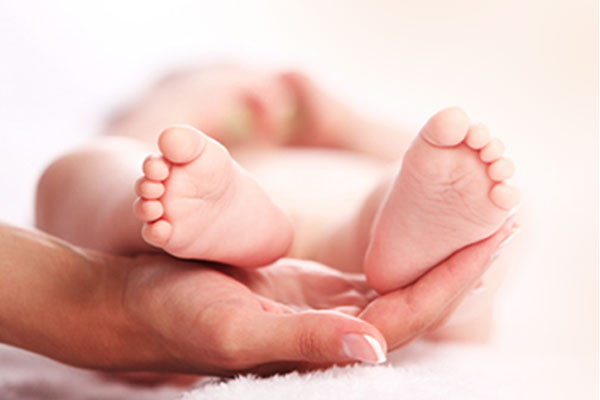In vitro fertilization (IVF) is a complex procedure used to help infertile couples. IVF also helps couples by giving them the ability to prevent the transmission of genetic diseases to future generations.
IVF is a method of assisted reproduction in which a man’s sperm and a woman’s eggs are combined outside of the body in a laboratory dish. One or more fertilized eggs (embryos) may be transferred into the woman’s uterus, where they may implant in the uterine lining and develop.
Santasa has a well-equipped IVF lab with imported instruments and incubators. In Santasa IVF, IVF / ICSI are often used to treat infertile couples with:
- Endometriosis
- Low sperm counts
- Problems with the uterus or fallopian tubes
- Problems with ovulation
- Antibody problems that harm sperm or eggs
- The inability of sperm to penetrate or survive in the cervical mucus
- Poor egg quality
- Genetic disease of mother or father
- An unexplained fertility problem

Process of IVF

- Stimulation : Fertility drugs, are given to the woman to boost egg production. During this step, the woman will have regular transvaginal ultrasounds to examine the ovaries and blood tests to check hormone levels.
- Egg retrieval : A minor surgery, called follicular aspiration, is done to remove the eggs from the woman's body.
- Insemination and Fertilization : The man's sperm is placed together with the best quality eggs. The mixing of the sperm and egg is called insemination. Eggs and sperm are then stored in an environmentally controlled chamber. The sperm most often enters (fertilizes) an egg a few hours after insemination.
- Embryo culture : When the fertilized egg divides, it becomes an embryo. Santasa laboratory staff will regularly check the embryo to make sure it is growing properly. Within about 5 days, a normal embryo has several cells that are actively dividing.
- Couples who have a high risk of passing a genetic (hereditary) disorder to a child may consider pre-implantation genetic diagnosis (PGD). The procedure is most often done 3 to 5 days after fertilization. Laboratory scientists remove a single cell or cells from each embryo and screen the material for specific genetic disorders. PGD can help parents decide which embryos to implant. This decreases the chance of passing a disorder onto a child.
- Embryo transfer : Embryos are placed into the woman's womb 3 to 5 days after egg retrieval and fertilization. The Fertility specialist inserts a thin tube (catheter) containing the embryos into the woman's vagina, through the cervix, and up into the womb. If an embryo sticks to (implants) in the lining of the womb and grows, pregnancy results. More than one embryo may be placed into the womb at the same time, which can lead to twins, triplets, or more. The exact number of embryos transferred is a complex issue that depends on many factors, especially the woman's age. Unused embryos may be frozen and implanted or donated at a later date.
Unused embryos may be frozen and implanted or donated at a later date.



